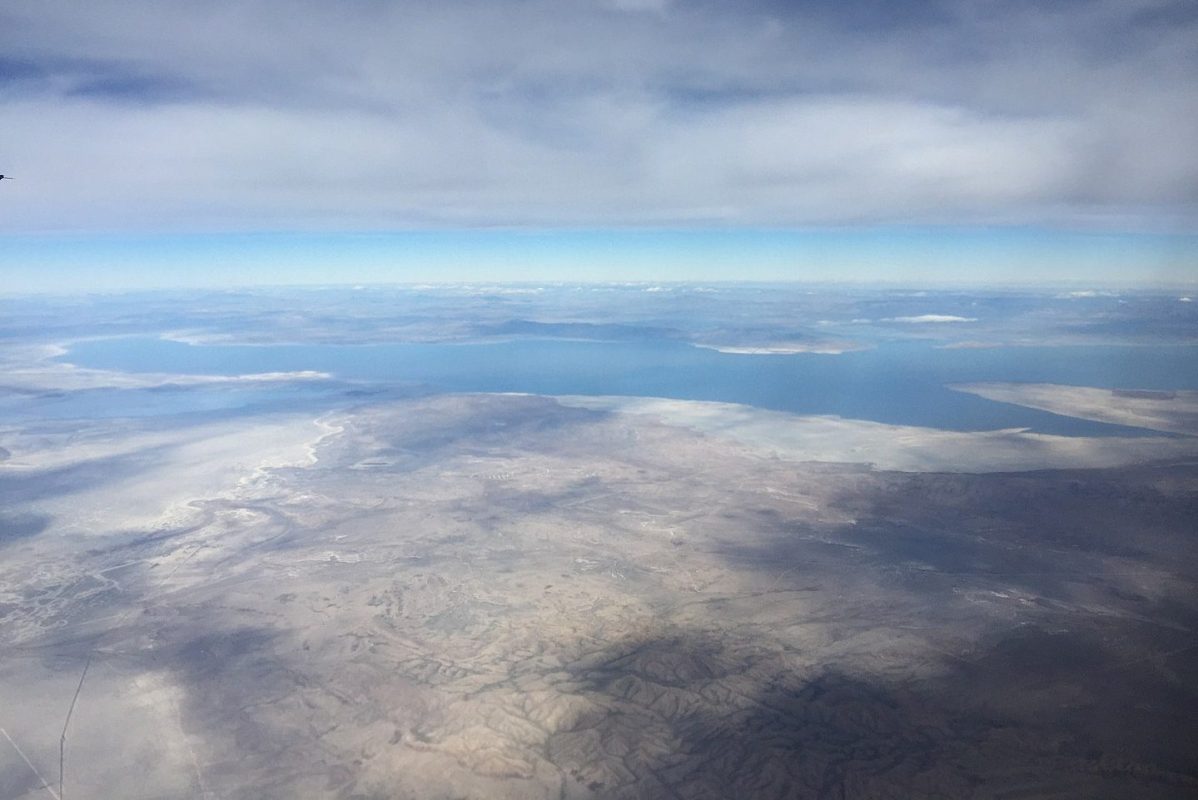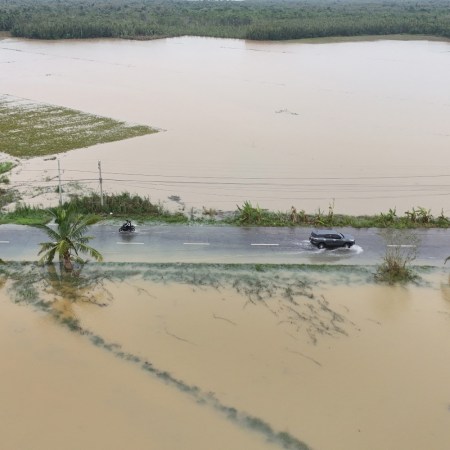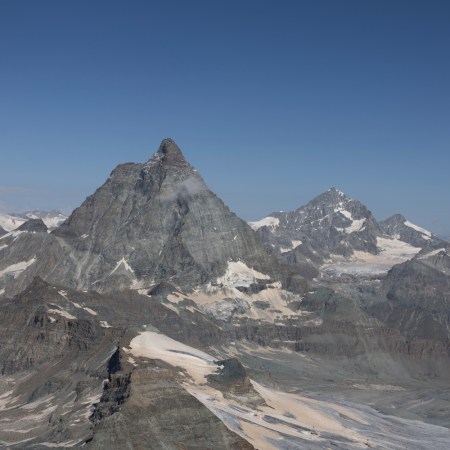When we talk about climate change’s effects on urban life and recreational activities, there are plenty of examples to illustrate the most common issues at hand. The way that waterfront cities might soon be flooded comes to mind, as do the ways increasing temperatures can make it harder to engage in winter sports. On the surface, a new article about the ways the Great Salt Lake is threatened by climate change checks these boxes. But things quickly get far more alarming from there.
Writing at The New York Times, Christopher Flavelle traveled to Utah to explore the condition of the Great Salt Lake — which has been steadily shrinking for several decades now. Among the adverse effects, Flavelle writes, could be a diminishment of the ski conditions in the mountains around the lake, which would also hurt the local economy.
Also, there might be toxic clouds periodically blown into Salt Lake City.
No, that’s not a misprint. Flavelle notes that a dried-up Great Salt Lake would release arsenic deposits that are currently underwater — and would free them up to be blown into Salt Lake City. Well over a million people live in the greater Salt Lake City area, and one assumes that none of them would particularly like to be buffeted by poisonous clouds ever so often.
As Flavelle points out, directing more water from the mountains to the lake to keep it intact would likely be to the detriment of the region’s agriculture. It’s a particularly fraught issue at a time where there are few simple solutions.
Thanks for reading InsideHook. Sign up for our daily newsletter and be in the know.


















